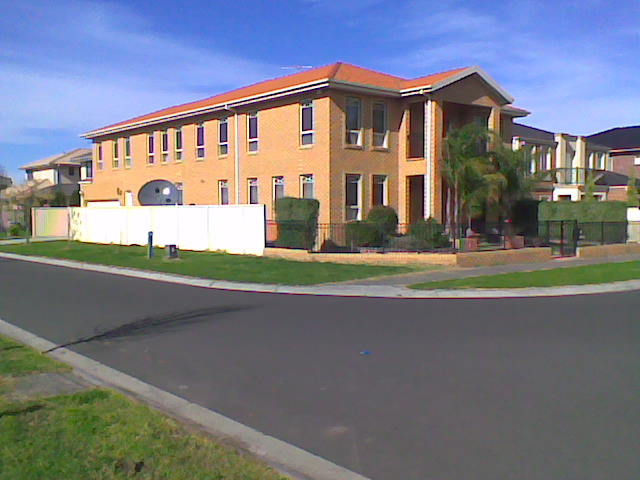“What make a new house a better rental property?” . . . . A quick answers is probably along the lines of “Would I be happy living in it.”
Do you want capital growth or regular rent income is something you need to also consider.
Here are a few things to think about when considering building a new house for investment:
Inner Or Outer Suburb?
Inner suburbs will be more expensive so units, or town houses will probably the way to go. With few new houses capital growth should be reasonable.
Outer suburbs and you are probably looking at 3/4 bedroom houses. The problem I’ve found with new developments is capital growth can be slow until well after the last house is built.
What’s the Local Market?
Spend some time talking with local agents about occupancy rates for various house sizes and properties in demand. No use building a 300m2 double storey house surrounded by single storey 150m2 houses.
Area Demographics
Spend a little time walking round the suburb. Is it singles, young families or empty nesters? Are there lots of professionals or is it a more ‘Blue collar’ area?
Aim for the middle of the demographic to capture the most tenant demand. Not just with the house, but the standard of fit out.
Aspects Of Location Attractive to Tenants
Proximity to workplaces, transport links and amenities such as schools, restaurants, parks and shops are all aspect that are valued.
Easy Maintenance
As a frequent renter, and landlord over the years I can tell you that property maintenance has never been as high on my agenda as when I have been an owner occupier. Make sure front and back yards are low maintenance.
